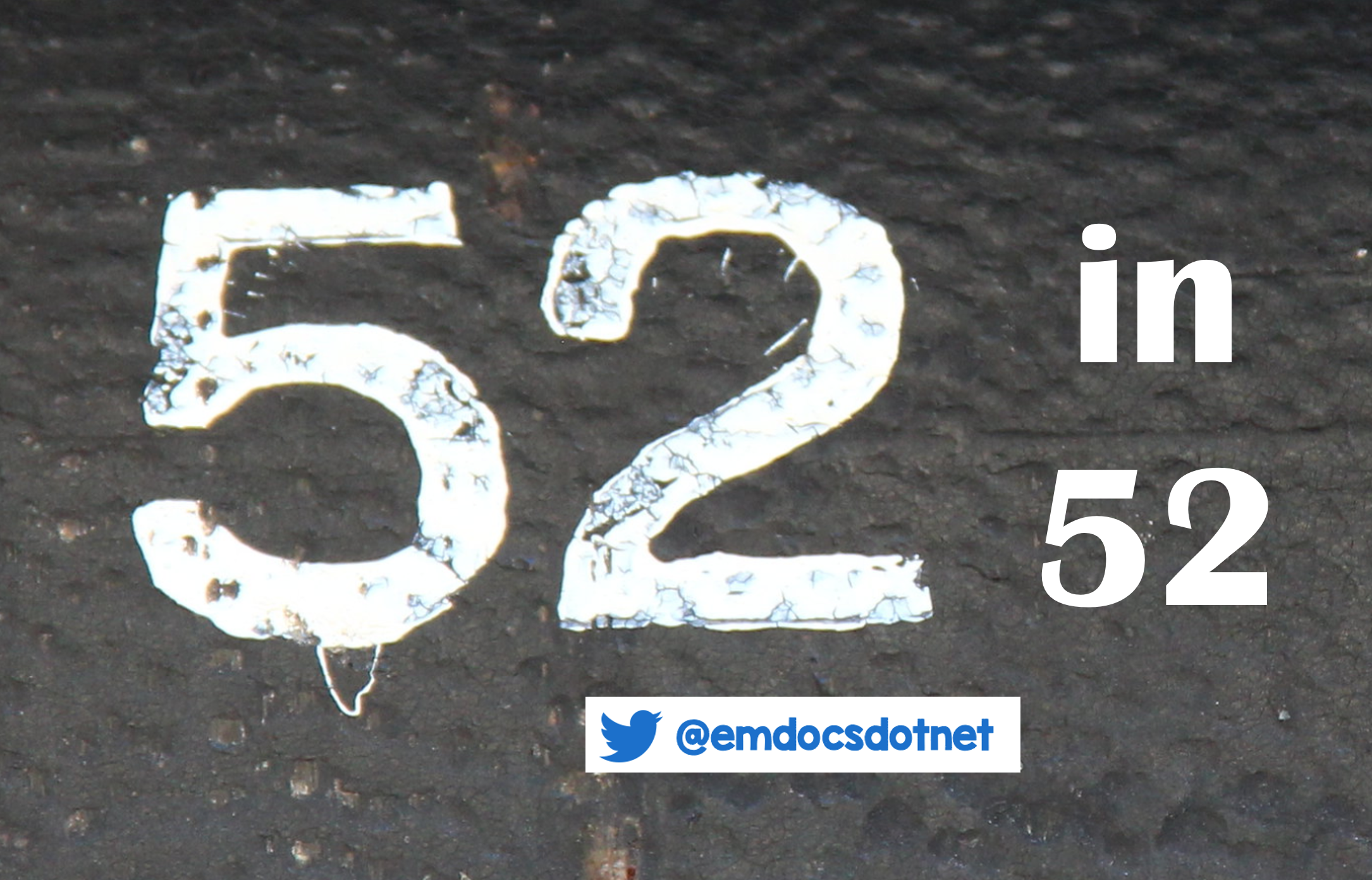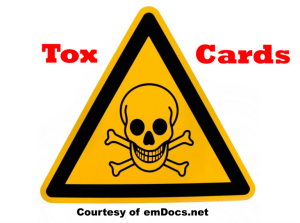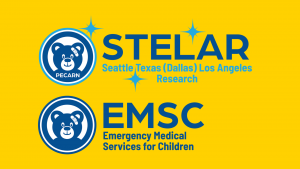Welcome back to the “52 in 52” series. This collection of posts features recently published must-know articles. Our ninth post looks at the COCA trial.

Author: Brannon Inman (Chief Resident, Emergency Medicine Physician, San Antonio, TX) // Reviewed by: Alex Koyfman, MD (@EMHighAK); Brit Long, MD (@long_brit)
Effect of Intravenous or Intraosseous Calcium vs Saline on Return of Spontaneous Circulation in Adults With Out-of-Hospital Cardiac Arrest: A Randomized Clinical Trial
AKA: THE “COCA” TRIAL
Clinical question:
In patients with out-of-hospital cardiac arrest, does the administration of calcium lead to more ROSC?
Study design:
- Double blind, parallel group, superiority, randomized placebo-controlled trial
PICO:
Population:
- Included patients > 18 years in Denmark with out of hospital cardiac arrest
- Must have received 1 mg epinephrine
- Exclusion
- Traumatic cardiac arrest
- Known or suspected pregnancy
- Prior enrollment in the trial
- Receipt of epinephrine outside the trial (i.e. from an EMS not participating in the trial)
- Clinical indication for calcium (hypocalcemia or hyperkalemia)
- 391 patients included in analysis, mean age 68 years, male 71%/female 29%, 75% with initial nonshockable rhythm, 82% cardiac arrest at home
Intervention:
- Calcium IV or IO x 2 doses (5 mmol or 200 mg of calcium chloride), first dose administered right after first dose of epinephrine
- Median time to study drug administration of 18 minutes
- IO access in 60%
Comparator:
- Administration of equitable volume of normal saline
Outcome:
- Primary outcome: Sustained ROSC for at least 20 minutes
- 19% in calcium group vs 27% in placebo group
- Risk ratio: 0.72 [95% CI, 0.49 to 1.03]
- Secondary outcome
- Survival at 30 days: 5.2% vs. 9.1%, RR 0.57 (95% CI -9.4 to 1.3)
- Favorable neurologic outcome at 30 days: 3.6% vs. 7.6%, RR 0.48 (95% CI 0.20 to 1.12)
- Hypercalcemia: Calcium group 74%, NS group 2%
- Trial stopped early due to suggested harm in the calcium group

Take away:
- Trial stopped early due to suggested harm
- The trial asks a clinically important question, but it uses a surrogate outcome (ROSC for at least 20 minutes). Patient centered outcomes were secondary.
- The study was stopped early which can overestimate harms. This also increases the risk that the results are due to random chance.
- Overall this was a well conducted study, with no loss to follow up rate and few protocol deviations.
- Authors did demonstrate that calcium administration increased calcium levels.
- It took about 18 minutes to administer the study drug. It is possible calcium may be helpful if given early, but in all comers with OHCA, calcium is not warranted.
- Few patients had shockable rhythms initially.
- Hyperkalemia patients may receive the most benefit from calcium, but these patients were not included.
My take:
In all-comers with OHCA I won’t be giving calcium based on this trial. However, in trauma patients and those in whom I suspect hyperkalemia, calcium channel blocker overdose, or hypocalcemia, I absolutely will.
Reference:
- Vallentin MF, Granfeldt A, Meilandt C, et al. Effect of Intravenous or Intraosseous Calcium vs Saline on Return of Spontaneous Circulation in Adults With Out-of-Hospital Cardiac Arrest: A Randomized Clinical Trial. JAMA. 2021;326(22):2268-2276. doi:10.1001/jama.2021.20929








